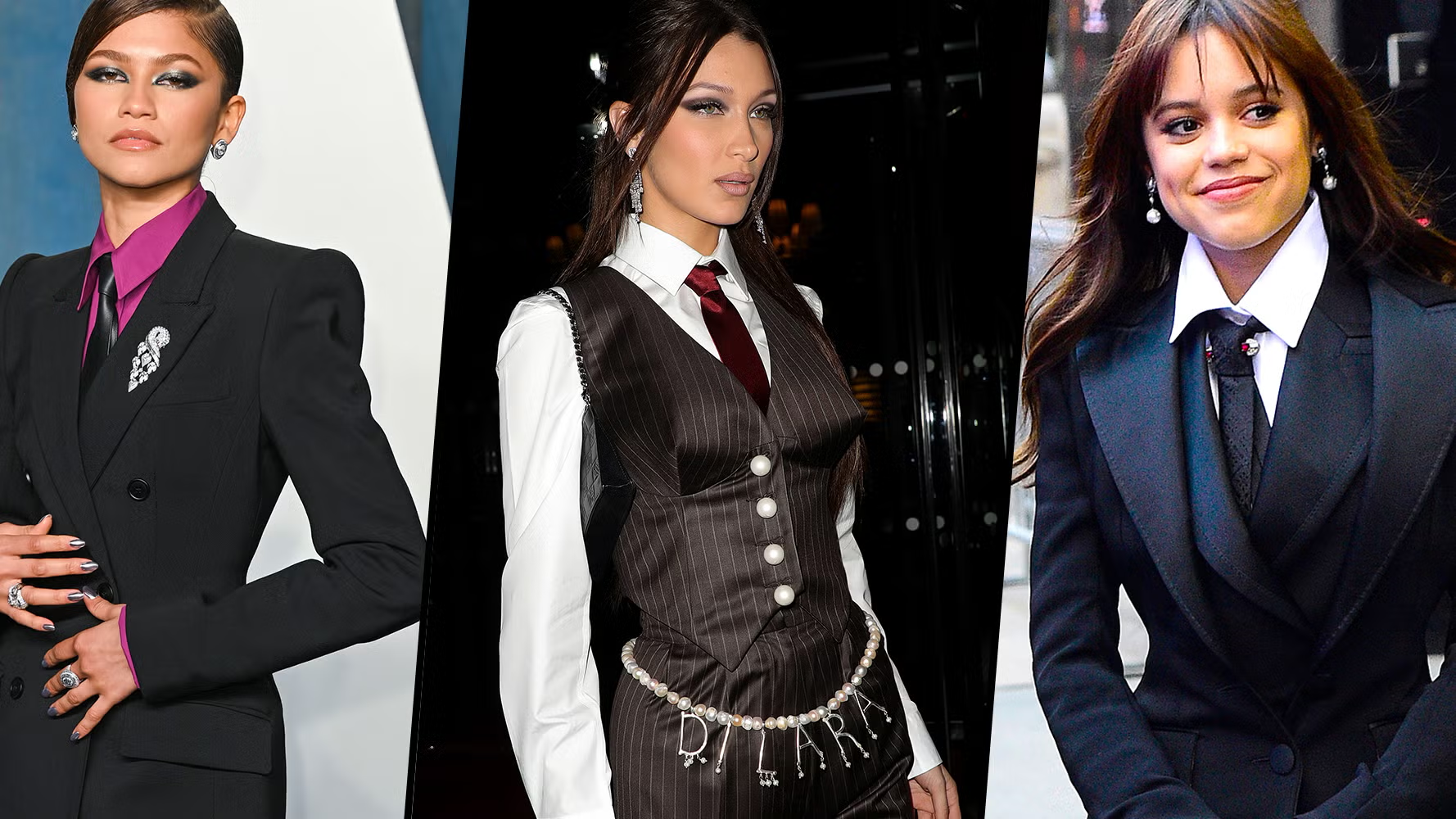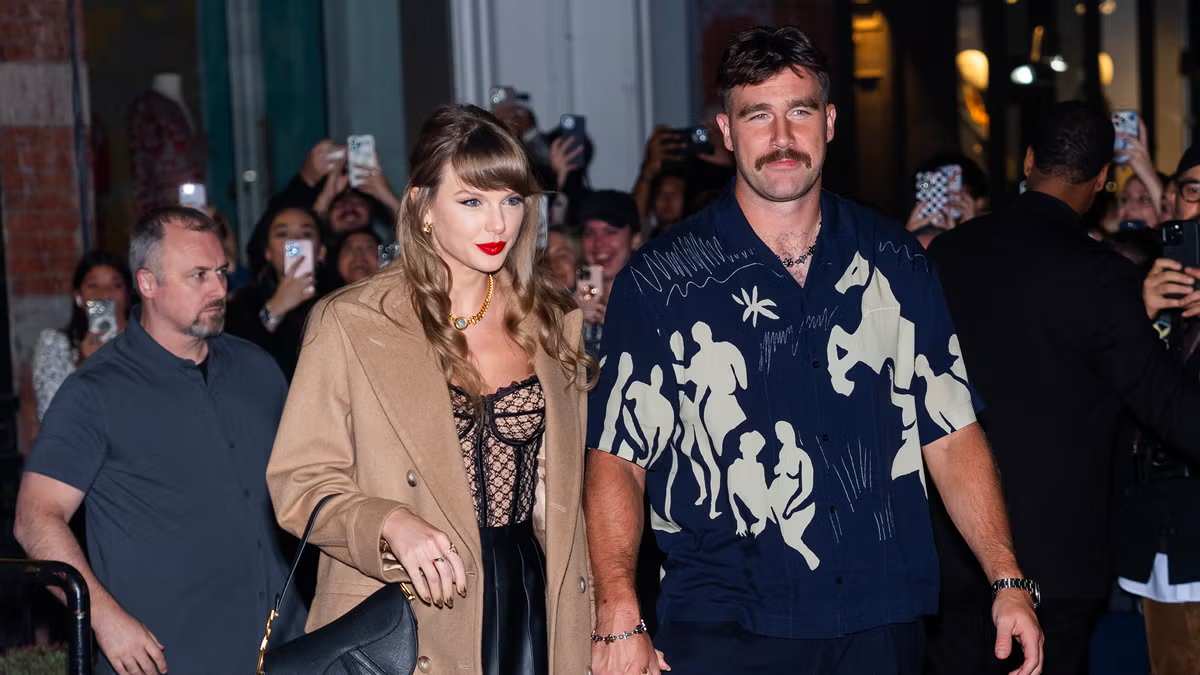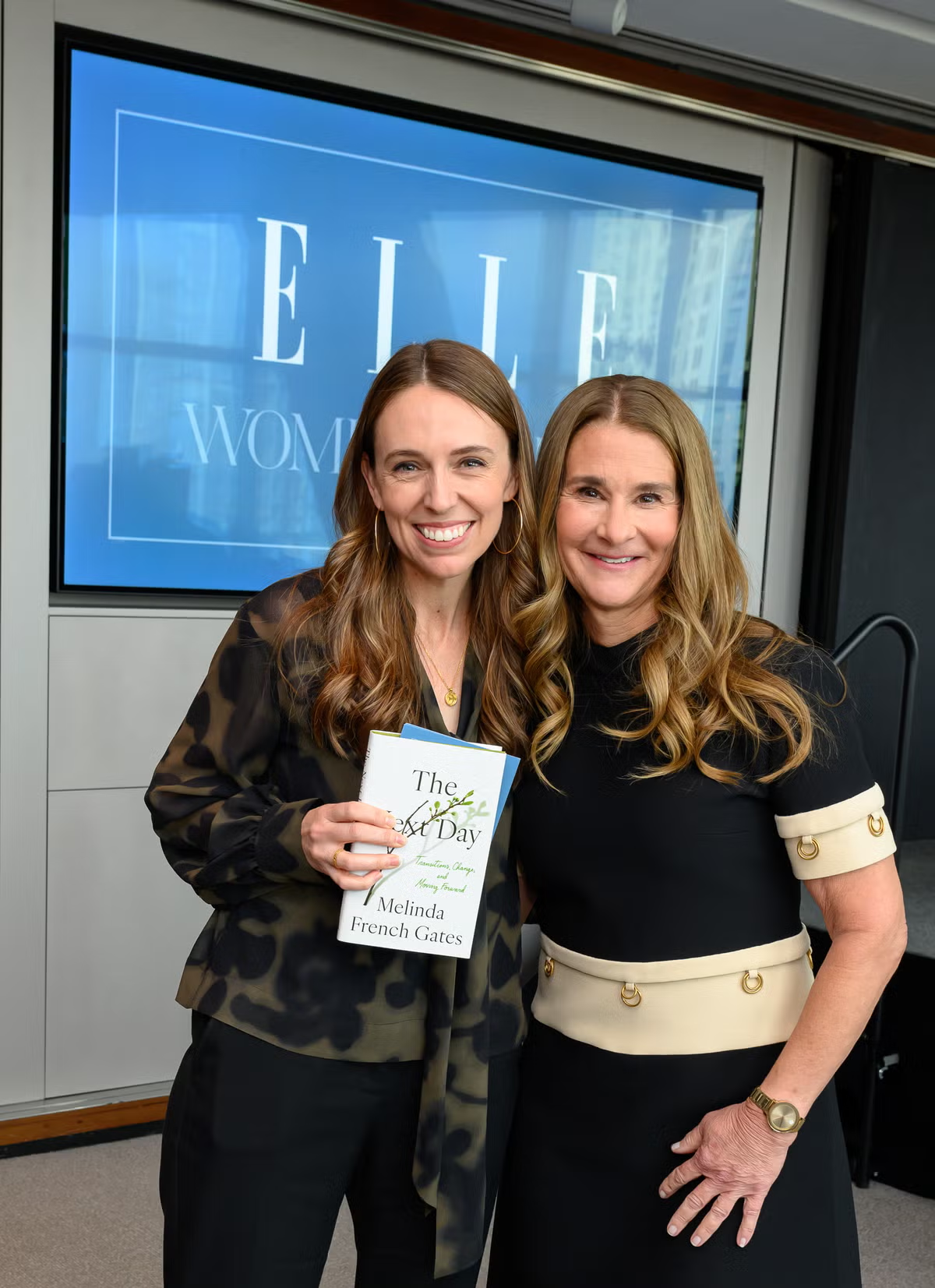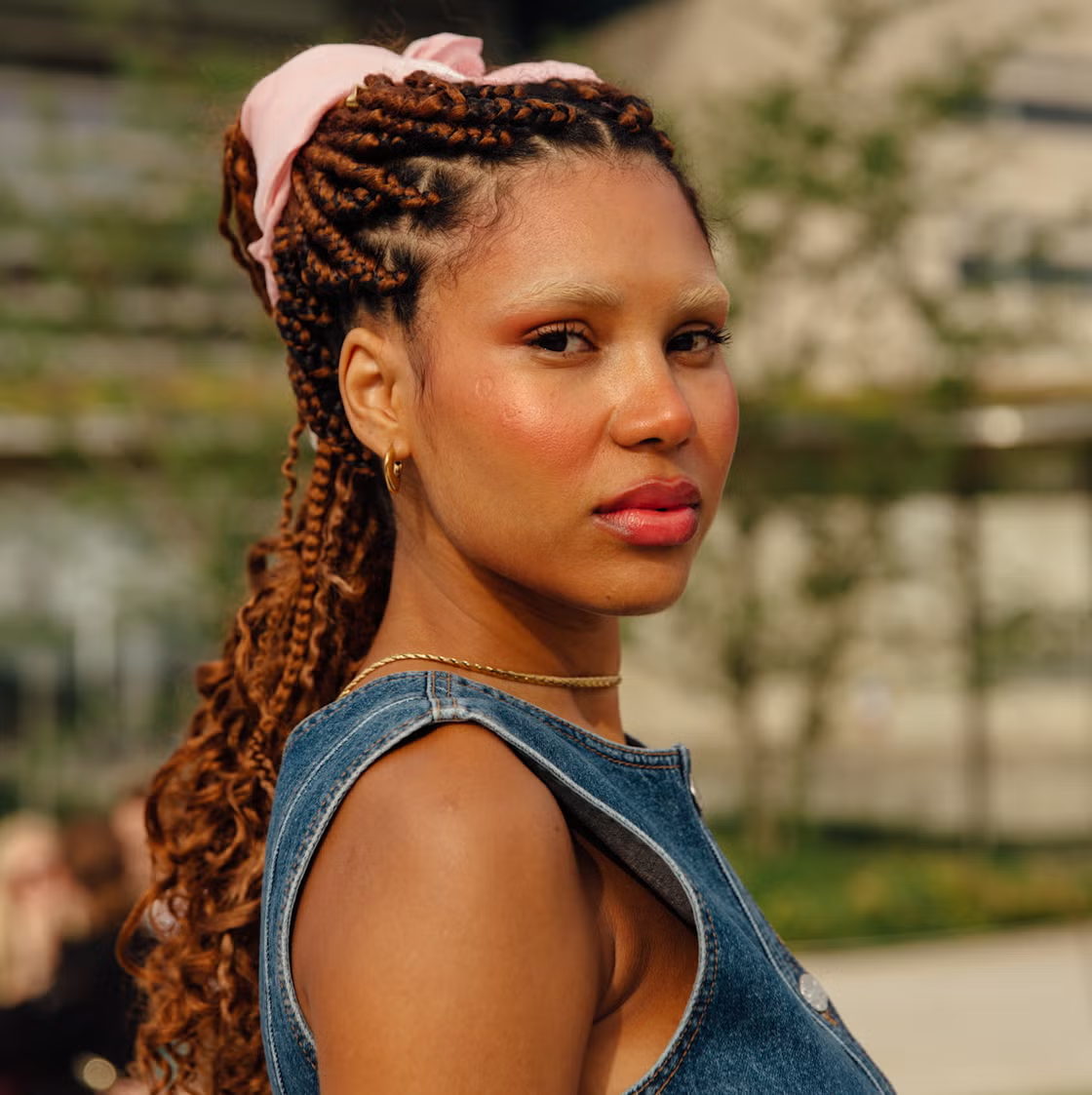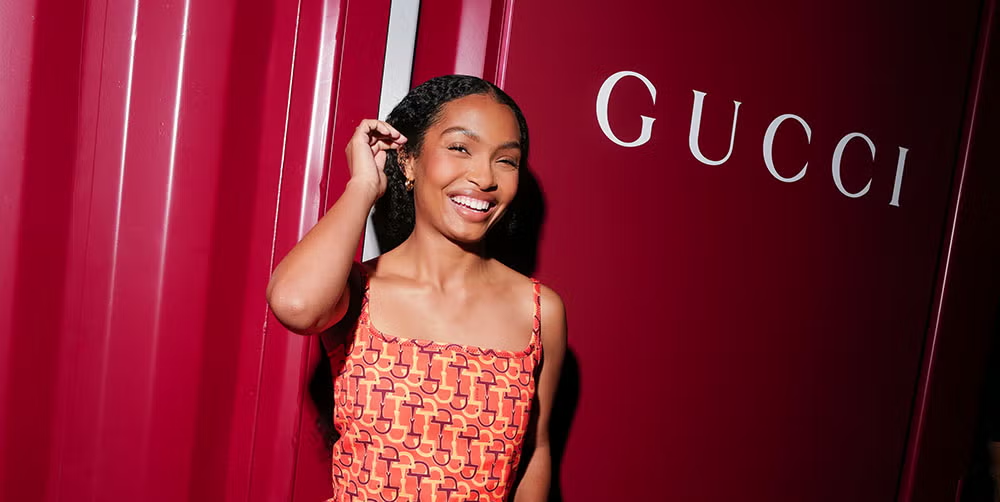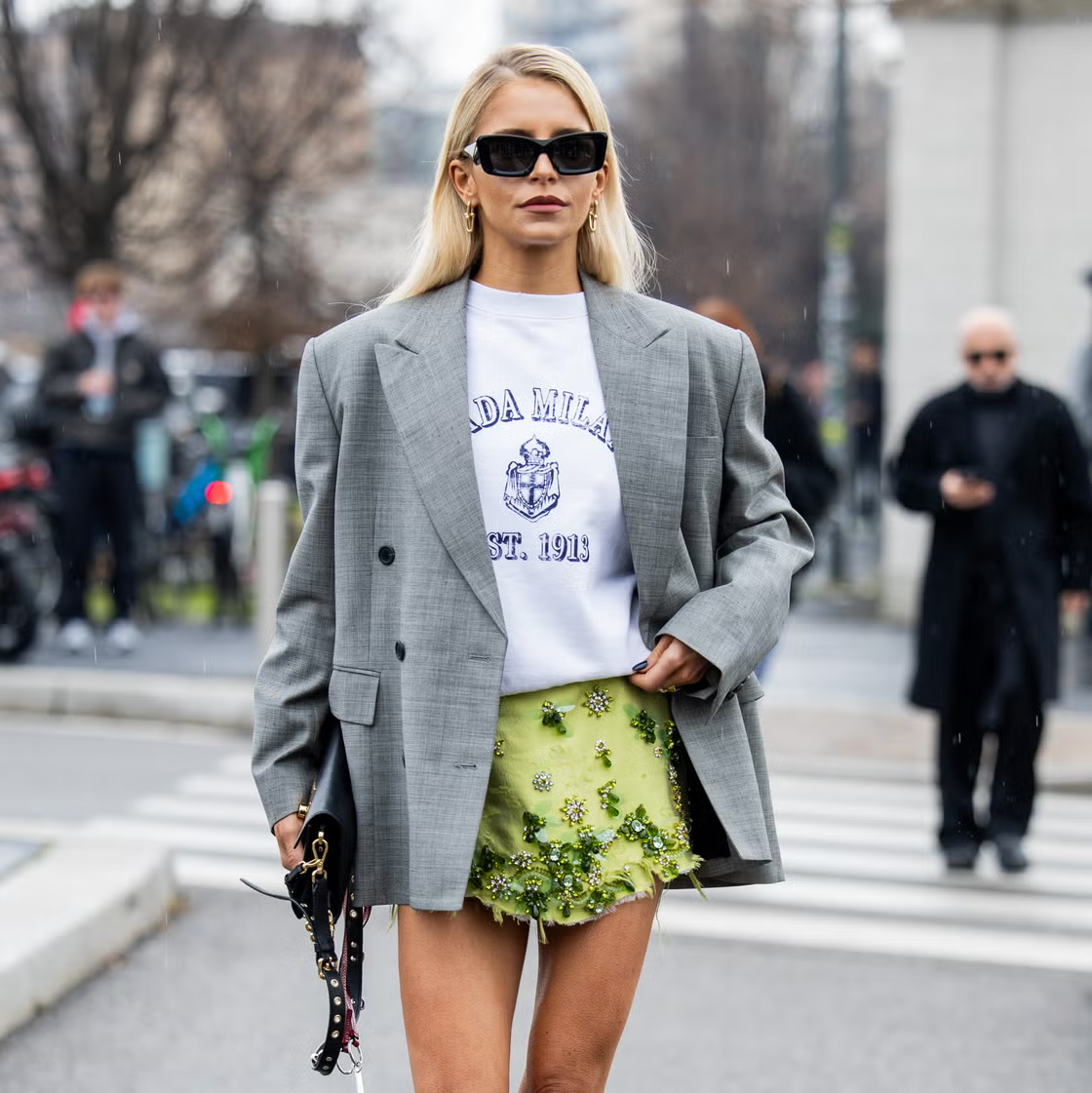There’s a quiet revolution unfolding in fashion, and it’s happening around an accessory that has long been considered the exclusive domain of menswear. The tie, once confined to boardrooms and traditional uniforms, is reemerging on runways and in everyday style with a renewed sense of purpose. But this isn’t a nostalgic throwback or a novelty moment—it’s something deeper. Fashion has a way of turning cultural symbols on their head, and right now, the tie is being reclaimed, redefined, and rewritten by a new generation that isn’t asking permission.
The beauty of this resurgence is how unexpected it feels, yet how natural it looks. The tie is no longer stiff or overly formal—it’s fluid, subversive, and often ironic. Women are pairing it with oversized blazers and micro skirts, teens are adding it to casual streetwear, and designers are finding new ways to integrate it into everything from sheer shirts to structured dresses. It’s no longer just about gender or occasion. It’s about expression. The tie has become a visual rebellion against fashion’s obsession with softness and stretch, bringing back the crispness of tailoring with a twist of irreverence.
At the heart of this movement is a growing appetite for aesthetic tension. After years dominated by loungewear and minimalism, there’s an itch to reintroduce structure and personality into everyday outfits. The tie satisfies that craving. It introduces shape and story to a look without overpowering it. It offers a nostalgic reference without being costume-like. And most importantly, it creates contrast. Pairing a traditionally masculine piece with something overtly feminine or relaxed results in a kind of visual friction that feels incredibly modern. The tie isn’t worn to fit in anymore. It’s worn to stand out.
What makes this evolution particularly interesting is the way it plays with power. The tie has always carried weight—symbolically, professionally, socially. But now, that weight is being redistributed. When women wear ties, when artists remix them, when they show up not in offices but in concerts and content feeds, they challenge the very meaning of the accessory. It’s not just about fashion. It’s about reclaiming authority on new terms. Style has always been a language, and right now, the tie is being used to say something bold. Not “I belong” but “I define.”
Designers have taken note. Collections in recent seasons have featured ties in ways that are anything but traditional. Ties are being styled loosely over graphic tees, knotted around bare necks like jewelry, or integrated into the actual construction of dresses and tops. Some are skinny and sleek, others are exaggerated and oversized. The point is not to follow a rulebook—it’s to rewrite it. Fashion is no longer concerned with where the tie is supposed to be. It’s asking where it can be, and the answers are constantly expanding.
There’s also an emotional aspect to this trend that shouldn’t be overlooked. In a time when the world feels increasingly unstable, people are reaching for pieces that feel grounded, structured, and certain. The tie, oddly enough, offers that anchor. It’s rooted in tradition, but flexible in expression. It reminds us of eras where getting dressed meant something, where each garment played a role in how we moved through the world. Wearing a tie today doesn’t mean you’re dressing up—it means you’re showing up. With intention, with impact, and often with a wink.
Street style has already embraced the tie wholeheartedly. From influencers on TikTok to icons at fashion weeks, the accessory is being pulled into looks that range from classic to chaotic. It can be polished or punk, business or rebellious, minimalist or maximalist. The tie’s neutrality is what gives it power. It doesn’t dictate the outfit—it reflects the attitude. And in an era where fashion is about personality over perfection, that kind of flexibility is rare and welcome.
More than anything, the return of the tie signals a shift in how we think about dressing. It’s no longer about following gender lines or seasonal dictates. It’s about having fun with what was once rigid, making the formal feel fresh, and using clothes to challenge assumptions. The tie is no longer just for job interviews or school uniforms. It’s for whoever wants to wear it, however they want to wear it. It’s part of a larger movement toward dismantling the rules that have long shaped fashion—and replacing them with a more fluid, expressive approach that prioritizes individuality.
As with many trends that begin quietly and gain momentum through cultural resonance, the tie’s reemergence is unlikely to be a fleeting moment. It’s becoming a new kind of staple—not in the traditional sense, but in the emotional one. It’s the kind of piece that speaks louder than it looks. And as fashion continues to evolve beyond binaries and boundaries, the tie stands as both a symbol and a tool. It offers structure, confidence, and play—all in one deceptively simple strip of fabric.
